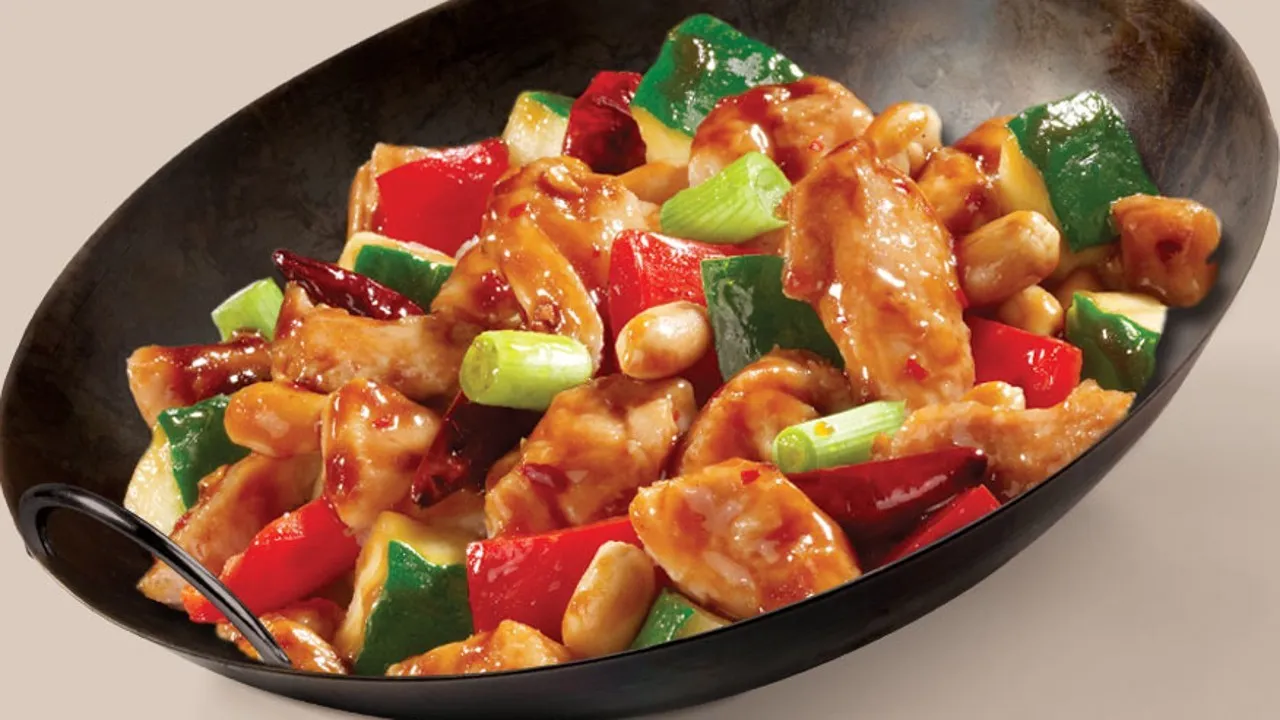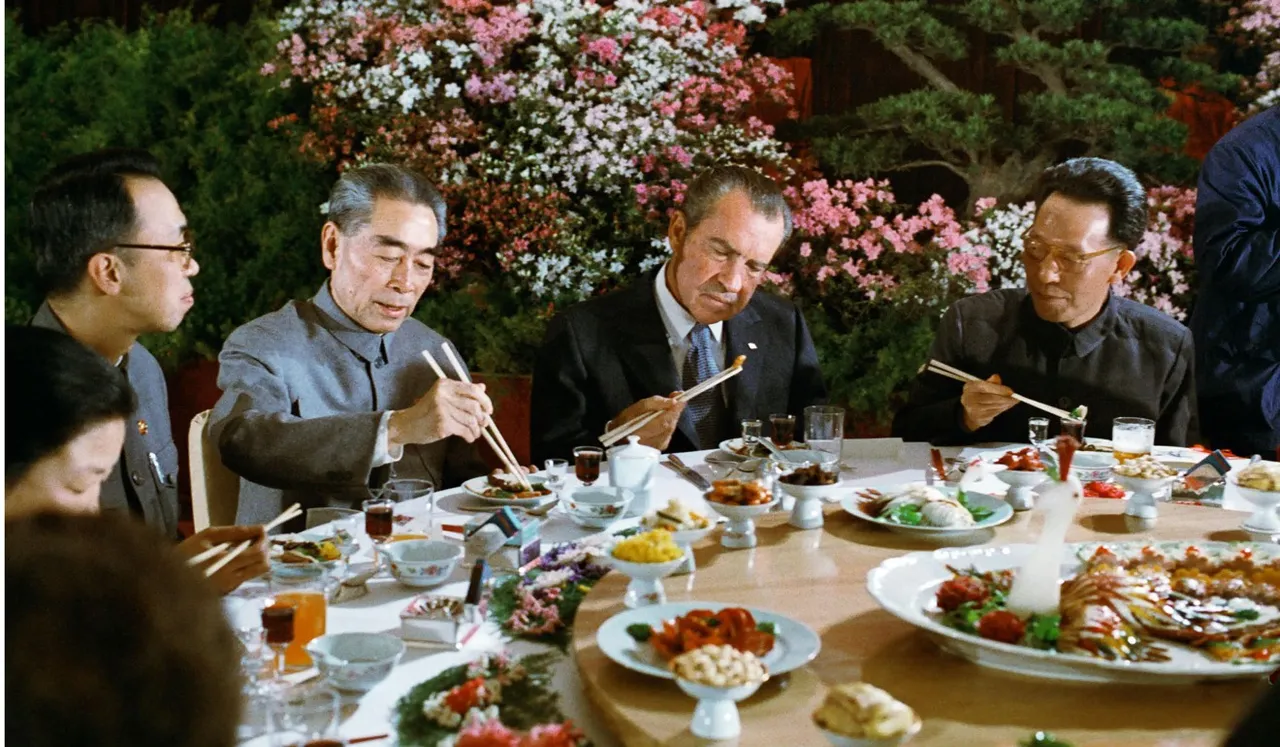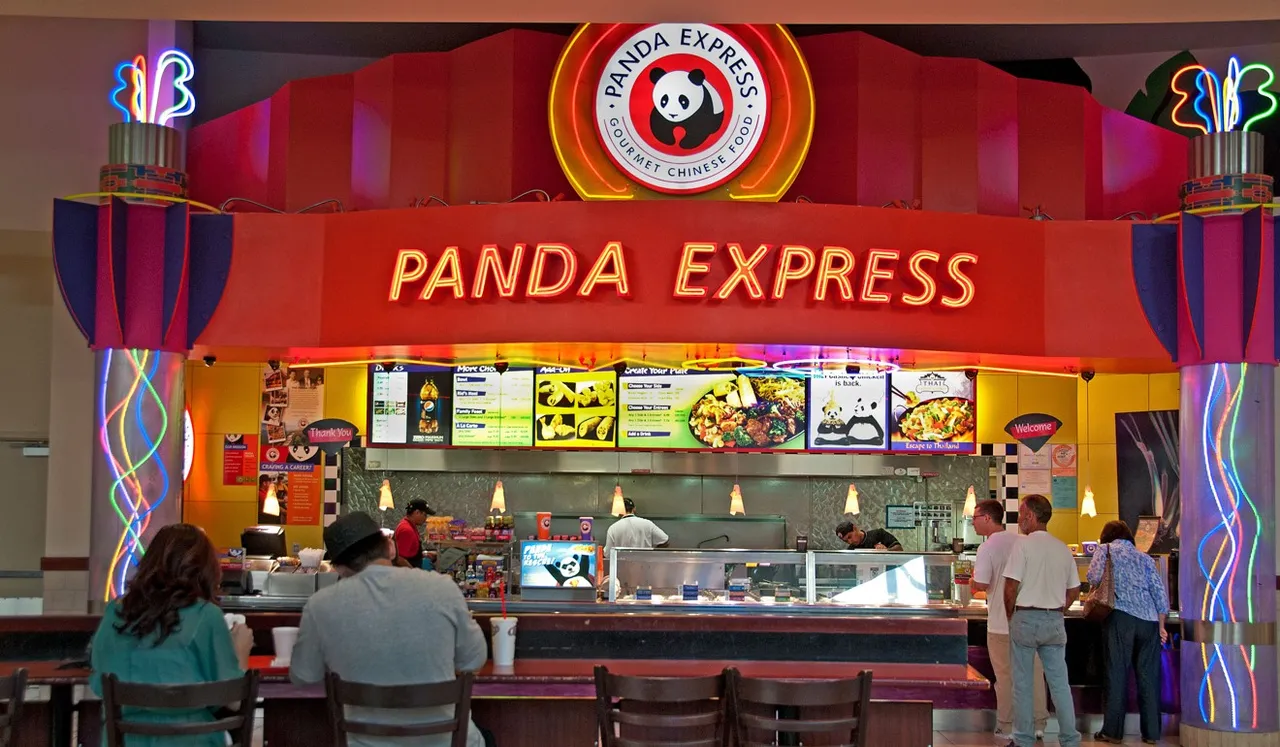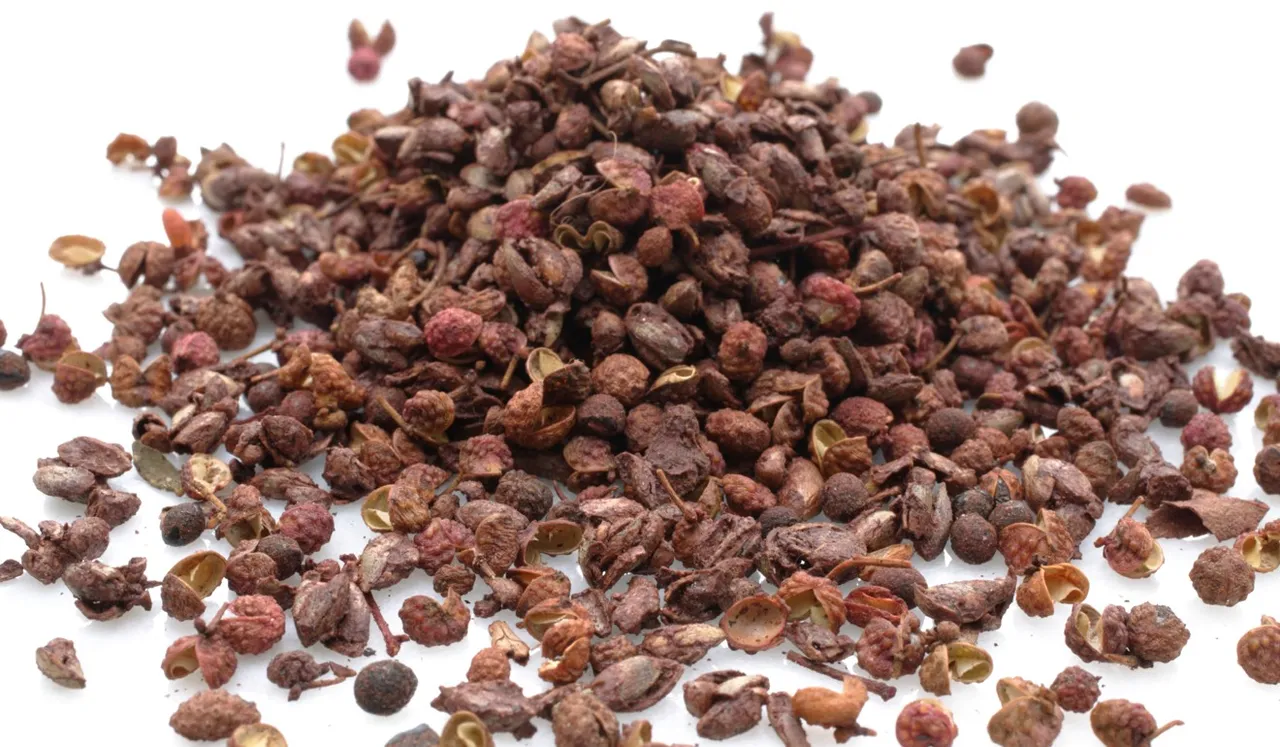The sweet and sour dish, with its gloopy sauce, is an American fast-food staple, but the original dish comes from Sichuan and includes the fiery peppercorn the Chinese cuisine is famous for

Wherever you go in the United States, signs advertising the same handful of fast-food restaurants jut above rooflines. For Hongkongers, many will be familiar – McDonald’s, KFC, Subway, Pizza Hut – but then there’s Panda Express. The Chinese-themed fast-food chain, founded in 1983 by Chinese-Burmese immigrant couple Andrew and Peggy Cherng, has about 1,800 branches throughout the US, and has expanded worldwide, including to the Middle East. Despite its global success, many of the American-Chinese dishes will be unfamiliar to Chinese people, including the kung pao chicken.
It’s not the name of the dish that’s foreign –it is derived from gong bao ji ding, a famous dish from Sichuan province. But the Americanised version, made with bell peppers, peanuts and served with a gloopy sweet sauce, is quite different from that served in Sichuan, which is drier and includes a special type of peppercorn used extensively in the province.

US president Richard Nixon at a banquet given in his honour, in Beijing, in February 1972. To his right is Premier Zhou Enlai.
American-Chinese food has long been mocked for pandering to Western palates, but in the case of kung pao chicken, it probably wasn’t just a matter of taste, but of the law.
In 1968, the US banned the import of Sichuan pepper, rendering the “authentic” recipe for gong bao ji ding illegal.
Despite its name, Sichuan pepper is part of the citrus family, and was believed to carry a fungal disease that could spread to American farms, harming citrus crops.

Most Chinese dishes offered to American diners up until then were influenced by the Cantonese, among the first Chinese to arrive on US shores, but things changed after 1972, says Andrew Coe, author of Chop Suey: A Cultural History of Chinese Food in the United States. In February of that year, then-president Richard Nixon embarked on his historic visit to China, the first by an American head of state since the formation of the People’s Republic. The official welcoming banquet was telecast live in the US. According to Coe, the broadcast inspired Americans to seek authentic Chinese food from other provinces, starting with Peking duck (eaten at the banquet) and, gradually, moving on to Sichuan dishes such as gong bao ji ding.

The ban on Sichuan pepper was lifted in 2005 (although the peppers must still be heat-treated), but Americans had already acquired a taste for kung pao chicken without the spice.
Panda Express just introduced a new way of serving it – wrapped in a burrito.